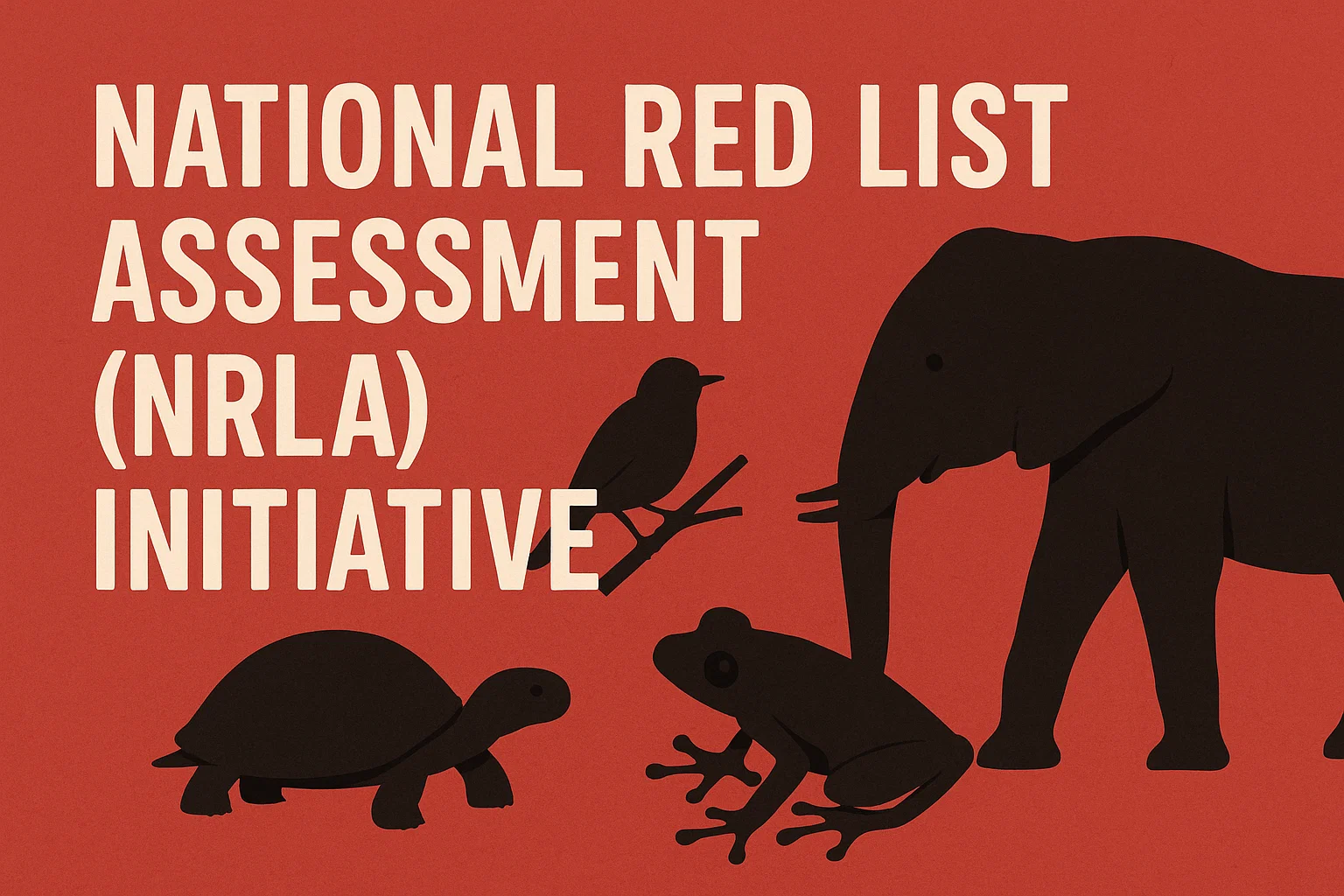Font size:
Print
Indian Ocean Region
Indian Ocean Region: Strategic Opportunities Driving India’s Maritime Leadership
Context: The release of the Eighth Report of the Committee on External Affairs (August 2025) on India’s Indian Ocean Strategy comes at a time when Chinese survey vessels and naval deployments in the IOR are at a historic high, while climate-induced cyclones like Cyclone Remal (2024) have exposed the region’s environmental fragility. These developments highlight the urgency of a comprehensive and proactive Indian Ocean strategy.
Significance of the Indian Ocean Region (IOR) for India
- The Indian Ocean Region (IOR) holds immense significance for India both strategically and economically. Nearly 95% of India’s trade by volume and 70% by value passes through these waters (Economic Survey 2022–23).
- The IOR is also the main conduit for 80% of global seaborne oil trade, making it vital for India’s energy security. Its vast exclusive economic zone (EEZ) of 2.37 million sq. km further underscores India’s maritime stakes.
- Historically, India has been a natural leader in the IOR due to its central geographic position. As highlighted in the Lok Sabha Parliamentary Report on IOR (2024), the region’s blue economy, fisheries, seabed resources, and maritime connectivity are critical for India’s growth and security.
- Initiatives such as SAGAR (Security and Growth for All in the Region) and Project Mausam also reflect India’s cultural and strategic engagement.
Major Concerns of the IOR in India’s National Interests
- Strategic and Security Threats: Piracy in the Gulf of Aden, narco-terrorism, and illegal fishing challenge maritime security.
- The report highlights increasing Chinese naval presence and dual-use infrastructure projects (e.g., Gwadar in Pakistan, Hambantota in Sri Lanka) as part of the “String of Pearls” strategy, threatening India’s strategic autonomy.
- Economic Vulnerabilities: Disruptions in critical sea lanes such as the Strait of Hormuz or Malacca could paralyse India’s energy supplies.
- According to Down to Earth (2023), climate change-induced cyclones and sea-level rise in the IOR also threaten ports, coastal infrastructure, and the livelihoods of millions.
- Environmental and Human Security Challenges: The IOR faces overfishing, coral reef degradation, and plastic pollution.
- India’s coastal communities—accounting for 14% of its population—are highly vulnerable to climate shocks, as noted in Economic Survey 2022–23. Humanitarian crises, as seen during the 2004 Tsunami, further expose regional fragilities.
Major Recommendations
- Strengthening Maritime Security: The report recommends expanding India’s naval capacity and maritime domain awareness through platforms like the Information Fusion Centre – Indian Ocean Region (IFC-IOR) in Gurugram. Partnerships with IORA, QUAD, and Indian Ocean Naval Symposium (IONS) must be deepened.
- Promoting Blue Economy and Climate Resilience: India should harness sustainable fisheries, renewable ocean energy, and seabed exploration under the Deep Ocean Mission. Simultaneously, regional climate adaptation financing and cooperation must be enhanced to address rising vulnerabilities.
- Enhancing Regional Connectivity and Diplomacy: India must accelerate Sagarmala and Chabahar Port projects to diversify trade routes, while using cultural diplomacy (Project Mausam) to counterbalance China’s influence. Transparent financing and technology sharing with IOR nations will bolster goodwill.


